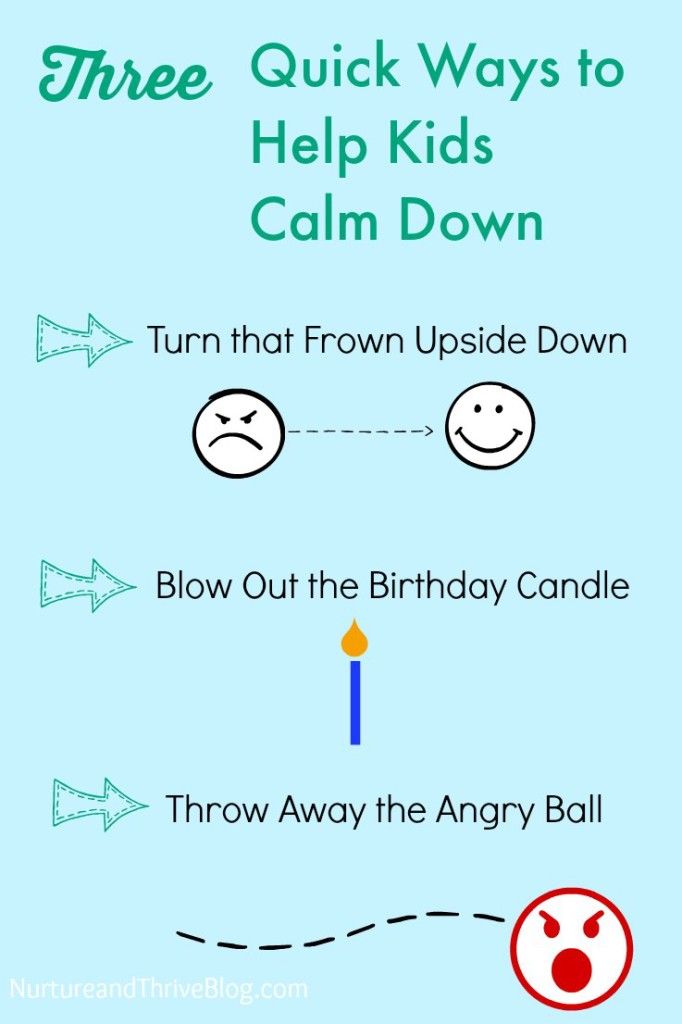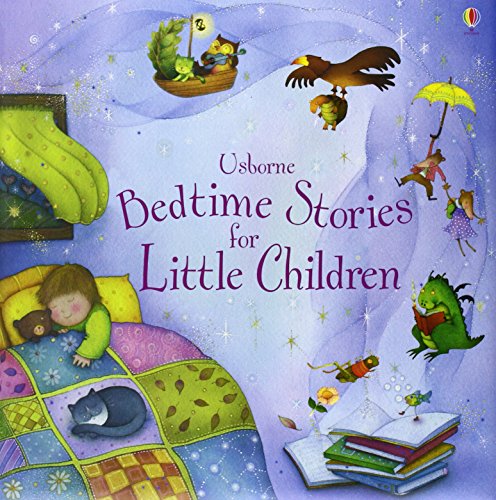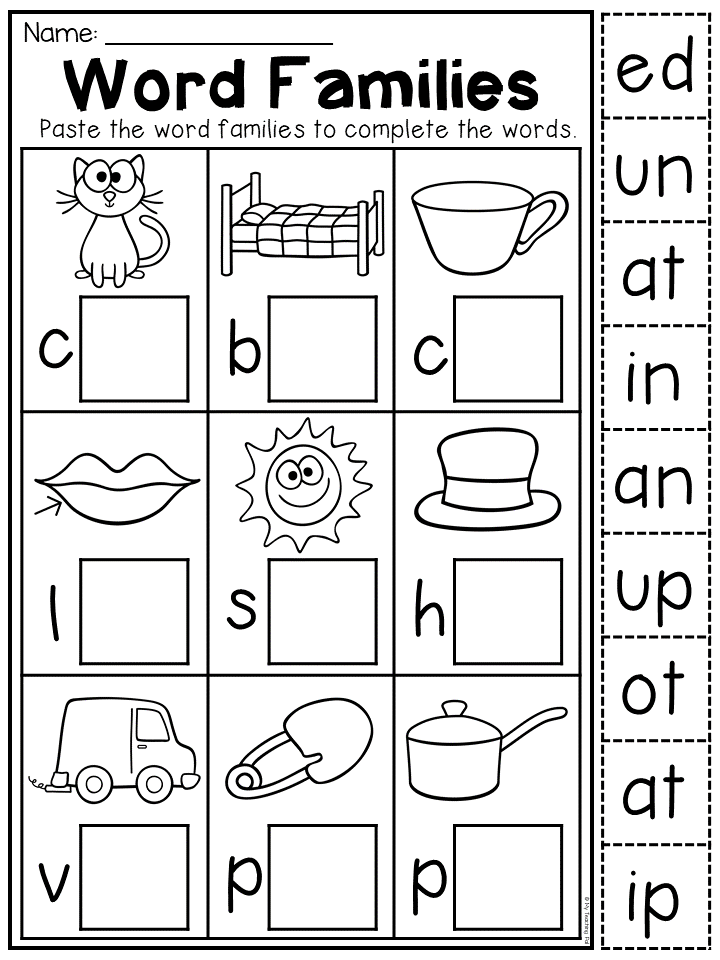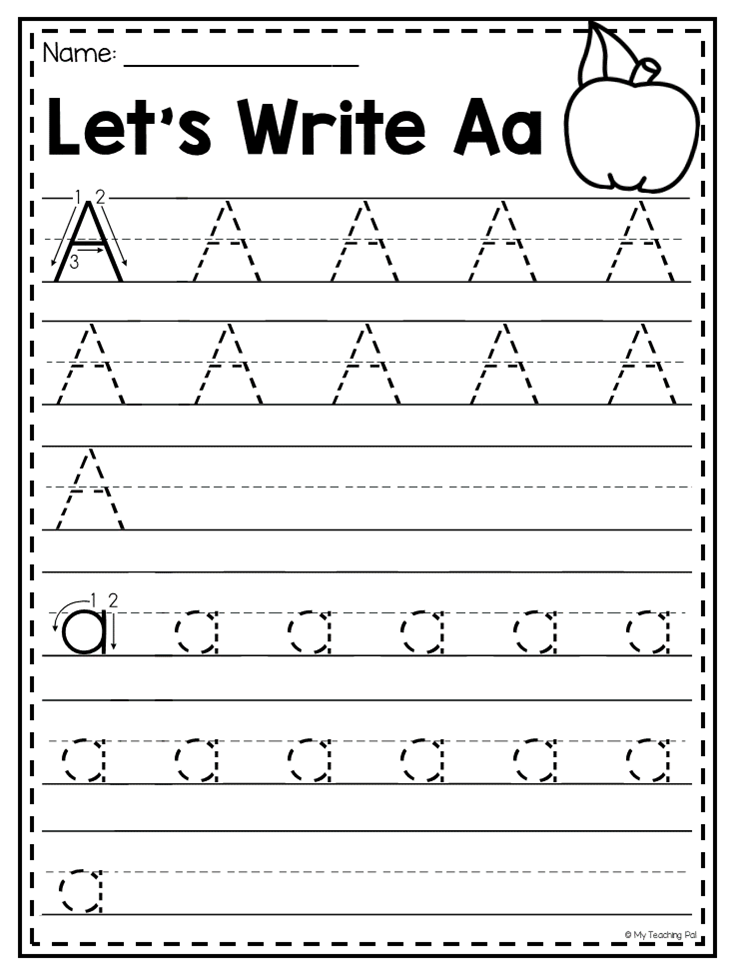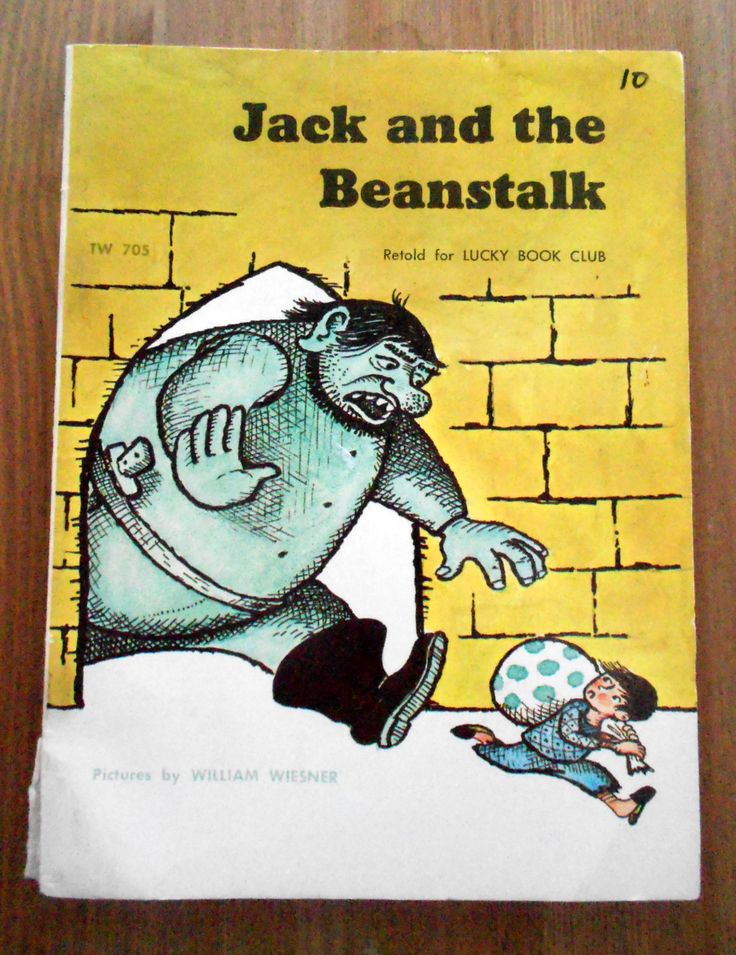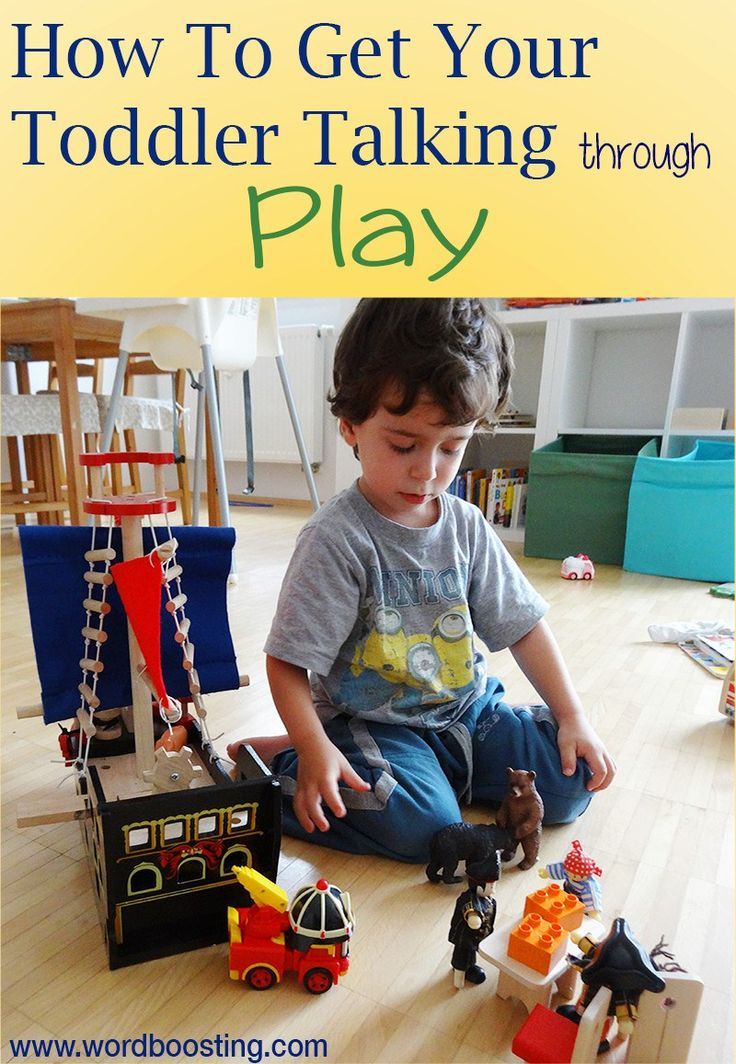Calm down for kids
50 Calm-Down Ideas to Try with Kids of All Ages
Navigating childhood challenges can be stressful, and sometimes deep breathing isn’t the solution that works for your child. When your child is in need of tension relief, try one of these techniques:
- Try an inversion. For centuries, Yogis have understood the calming power of bringing the head below the level of the heart, otherwise known as inversion. Whether it’s relaxing in child’s pose, bending over to touch your toes, or practicing a headstand, inverting the body has a restorative effect on the autonomic nervous system, which controls the body’s response to stress.
- Visualize a quiet place. Research has shown that visualization is beneficial for a range of populations to reduce stress levels. Ask your child to close their eyes and picture a calm, peaceful place. Then, gently guide them to slowly start to build up a picture of how it looks, smells, and feels to be there.
- Drink water.
Dehydration has been linked to a reduction in mental performance. Pour your child a tall class of cold water and have them sip it slowly. You can try this with them, and observe the calming effect this has on your own nervous system.
- Sing out loud. Everyone knows the sweet relief associated with rocking out to your favorite tune. But the physical act of singing out loud, even if it is off key, has been shown to release endorphins, the “feel good” chemical in the brain.
- Do the “Downward Facing Dog” pose. Just like inversions help reset the autonomic nervous system, the yoga pose known as Downward Facing Dog in particular has the added benefit of activating several muscles in the arms, legs, and core. This stretch helps muscles begin to burn additional blood glucose that is made available by the body’s fight or flight response.
- Paint it out. Not only does painting give the brain something to focus on other than the stressor, but participating in visual arts has been linked to resilience to stress in general.
 If the thought of dragging out the tempera gives you stress, have your child try “painting” with shaving cream on a plastic shower curtain in the yard. Not only is clean up a breeze, but your child will smell great when they are finished.
If the thought of dragging out the tempera gives you stress, have your child try “painting” with shaving cream on a plastic shower curtain in the yard. Not only is clean up a breeze, but your child will smell great when they are finished. - Jump rope. Set a timer for 2 minutes, put on some music, and challenge your child jump to the beat of the song. If your child isn’t able to jump rope, playing hop scotch is a great alternative.
- Jump high. Challenge your child to a jumping contest to see who can jump highest, longest, fastest, or slowest. This is another great way to get in some exercise to help your child blow off some steam.
- Blow bubbles. Just like blowing on a pinwheel, blowing bubbles can help your child gain control of their breathing and thus, their mental state. Bonus: Running around popping bubbles is just as fun as blowing them.
- Take a hot bath. After a long day at work, there is nothing more relaxing than laying in a bathtub of hot water with the lights turned down and no interruptions.
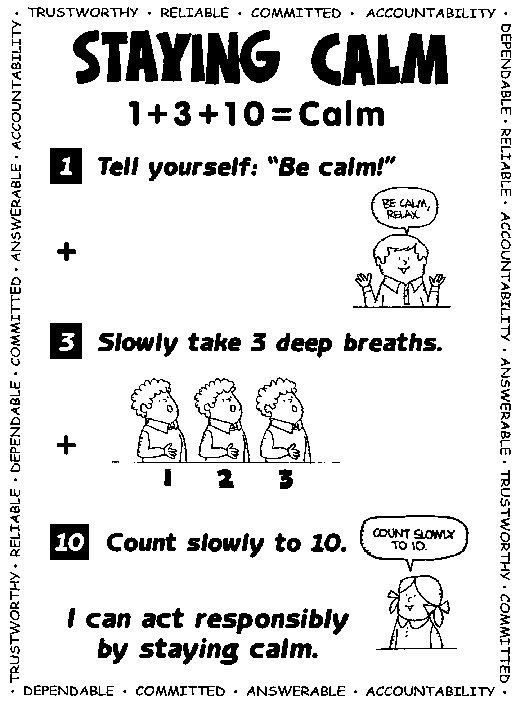 The same holds true for kids. Use bath time as a chance to help your little one unwind from the activities of the day. Introduce a few simple bath toys and allow your child to relax as long as they need to.
The same holds true for kids. Use bath time as a chance to help your little one unwind from the activities of the day. Introduce a few simple bath toys and allow your child to relax as long as they need to. - Take a cold shower. While the complete opposite of a hot bath, cold showers actually have a restorative effect on the body. Not only do cold or even cool showers reduce inflammation in the muscles, it improves heart flow back to the heart, and leads to a boost in mood. One study on winter swimmers found that tension, fatigue, depression, and negative moods all decreased with regular plunges into cold water.
- Have a cozy drink. There is a reason why many people herald September as the beginning of Pumpkin Spice Latte (PSL) season. Drinking a warm drink on a cool day makes your body feel warm, almost like a hug from the inside. Giving your child a warm hot chocolate or warmed milk with a splash of vanilla will elicit the same response you have over that first sip of your PSL.

- Blow out a candle. Light a candle for your child to blow out. Then re-light it and move it further and further away from them, so they have to take deeper and deeper breaths to blow it out. This is a great way to practice deep breathing, while making a game out of it.
- Watch fish. Have you ever wondered why there is always a fish tank in hospitals and medical centers? The University of Exeter in the UK did, and found that watching fish swim in an aquarium reduces blood pressure and heart rate. Better yet, the larger the fish tank, the greater the effect. The next time your child needs to calm down, take them to the local lake, hatchery, or aquarium for a little fish-watching therapy.
- Count backwards from 100. Not only does counting give your child a chance to focus on something other than what is bothering them, counting backwards offers an added concentration challenge without overwhelming their brain.
- Repeat a mantra.
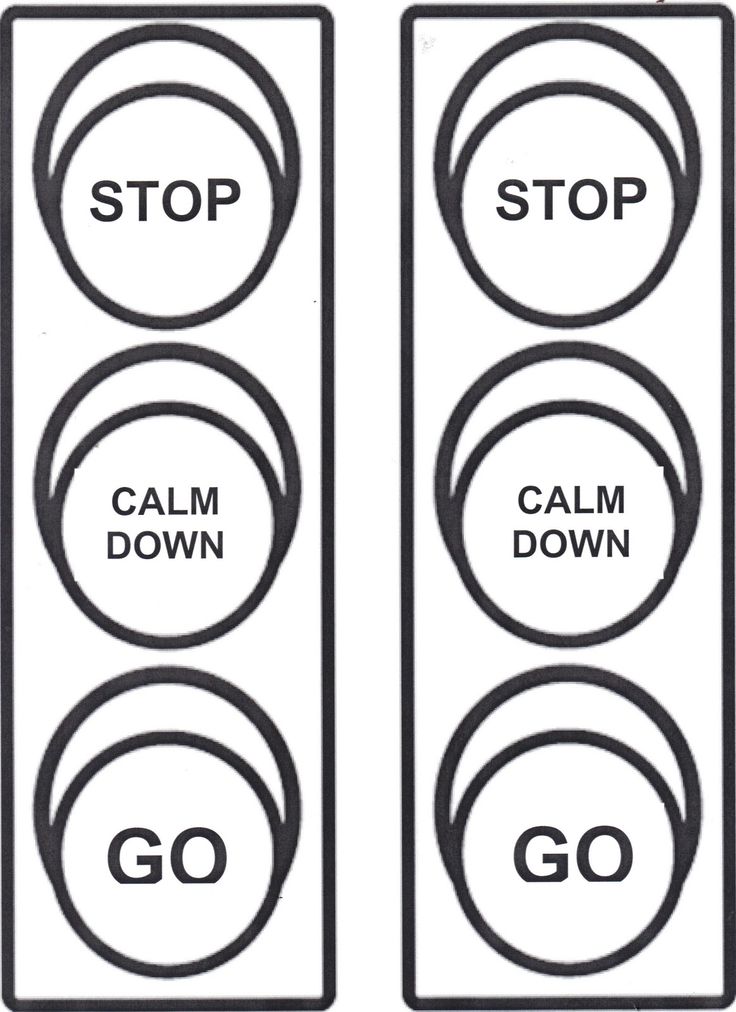 Create a mantra that you and your child can use to help them calm down. “I am calm” or “I am relaxed” work well, but feel free to get creative and make it something personal to you and your child.
Create a mantra that you and your child can use to help them calm down. “I am calm” or “I am relaxed” work well, but feel free to get creative and make it something personal to you and your child. - Breathe into your belly. Most of us breathe incorrectly, especially when we are in a stressful situation. Have your child think about their belly like it is a balloon. Tell them to breathe in deep to fill the balloon, and breathe out to deflate it. Repeat this simple process 5 times and notice the effects.
- Shake a glitter jar. “Calm Down Jars” have been making their way around Pinterest for a while now, but the concept behind them is sound. Giving your child a focal point for 3-5 minutes that is not the stressor will allow their brain and body to reset itself. These jars can be made simply from sealed canning jars filled with colored water and glitter or with baby food jars filled with warm water and glitter glue.
- Go for a run.
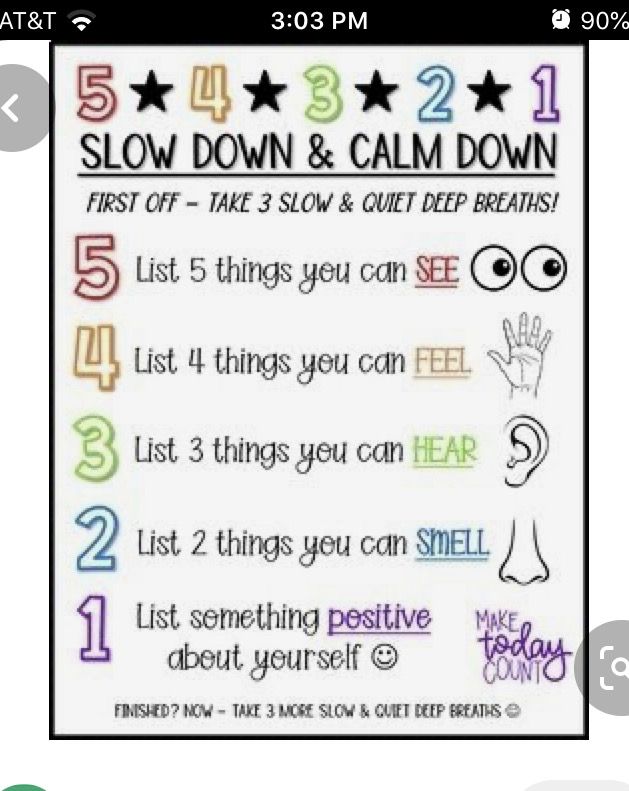 Running has been shown to reduce stress, and can sometimes be more effective than a trip to the therapist’s office. Going for a 10 minute jog can not only affect your child’s mood immediately, its effects on their ability to cope with stress can last for several hours afterward.
Running has been shown to reduce stress, and can sometimes be more effective than a trip to the therapist’s office. Going for a 10 minute jog can not only affect your child’s mood immediately, its effects on their ability to cope with stress can last for several hours afterward. - Count to 5. Just when it seems as though they “can’t take it anymore”, have your child close their eyes and count to five. This form of 5-second meditation offers the brain a chance to reset itself and be able to look at a situation from a different perspective. It also gives your child a chance to think before they act in a volatile situation.
- Talk it out. For children who are able to verbalize their feelings, talking about what is bothering them gives them a chance to let you know what is going on while processing it for themselves. The trick is to resist the urge to “fix” the problem. Your child needs you to listen and ask appropriate questions, not offer unsolicited advice.

- Write a letter in the voice of your BFF. We would never talk to our best friend in the same critical way we talk to ourselves. The same is true for our children. Tell them to be kind to themselves, and ask them what they would tell a best friend to do in their situation.
- Decorate a wall. We’re not talking about paint and decor, but poster tack and pictures from magazines or printed from the internet can give your child a chance to create large-scale temporary art in any space. The creative process is what is important, not the end result.
- Create a vision board. Have your child cut out words and pictures from magazines that speak to their interests, desires, and dreams. Then have them glue these pictures and words onto a poster board to display in their room. Not only does the process of creation allow them to think about what they want from life, displaying things they love gives them an opportunity to focus on what is really important when they are upset.

- Give or get a bear hug. Hugging allows your body to produce oxytocin, a naturally occurring hormone in your body necessary for immune system function. Not only does a 20 second hug reduce blood pressure, increase feelings of well-being, and reduce the harmful physical effects of stress, both you and your child will reap the benefits!
- Walk in nature. According to Stanford scientists, walking in nature has been proven to improve cognition and reduce stress. Even if you do not have time to spend the 50 minutes researchers did, taking a 15 minute walk in nature works can be just what your child needs.
- Envision your best self. This is a great way to motivate your child to work toward a goal. Have them write down where they would like to see themselves in a week, a month, or a year, with this specific goal in mind.
- Blow on a pinwheel. Similar to the candle exercise, blowing on a pinwheel focuses more on controlled exhalation rather than deep inhalation.
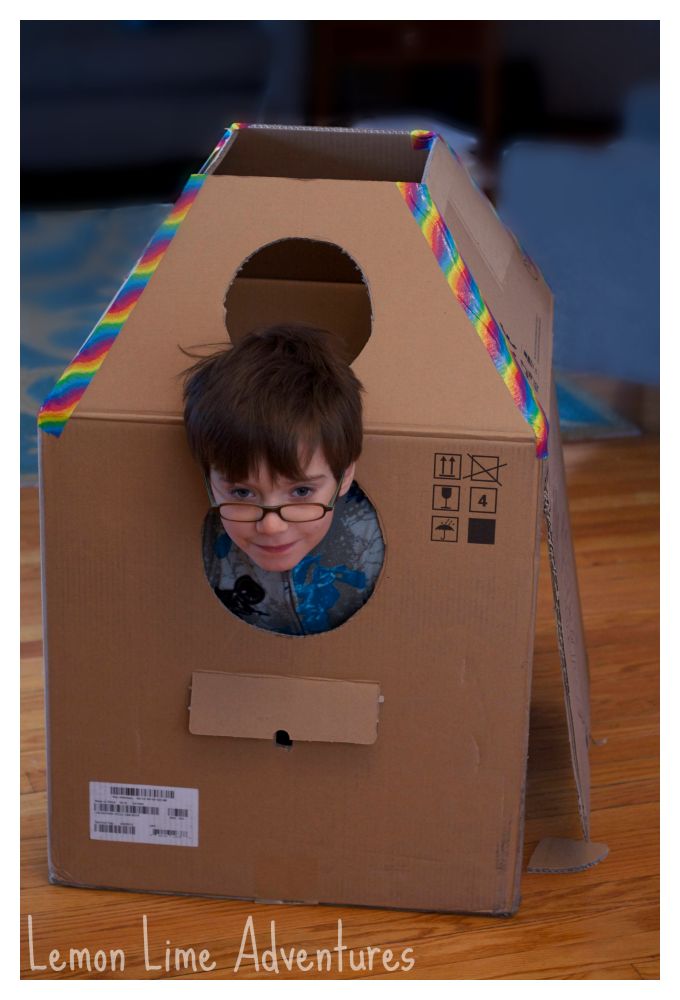 Tell your child to make the pinwheel go slow, then fast, then slow to show them how they can vary the rate at which they blow out the air in their lungs.
Tell your child to make the pinwheel go slow, then fast, then slow to show them how they can vary the rate at which they blow out the air in their lungs. - Squish some putty. When a child plays with putty, the brain’s electrical impulses begin firing away from the areas associated with stress. Try a store bought putty or make your own.
- Take up pottery. Much in the way playing with putty fires electrical impulses in your child’s brain, sculpting with clay or throwing pots can have a similar effect. It also has the added benefit of being considered “active learning”, a powerful condition that allows your child to learn through exploration.
- Write it out. For older children, journaling, or writing their feelings down can have a profound effect on their mood, especially if they can do so without the fear of having it read. Give your child a notebook to keep in a safe place, and allow them to write about how they feel, assuring them you will not read it unless they ask you to.
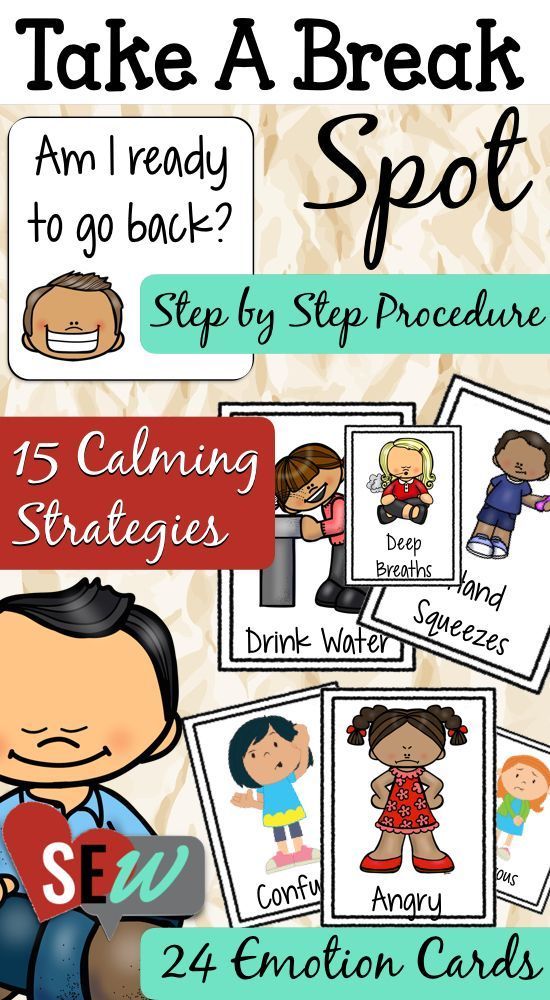
- Gratitude, gratitude, gratitude. A cousin to “write it out”, gratitude journaling has been linked to better performance in the classroom as well as a reduction of stress outside of learning environments. Having a separate notebook only for things your child is grateful for will give them the freedom to keep their journaling activities separate.
- Name your emotion. Often when children become overwhelmed, it is because they have difficulty identifying the negative thoughts they are having. Whether your child is quick to anger, panic, or obsess to ensure things are perfect, ask them to give this feeling a name, and help them talk back to it. For instance, by asking your child, “is Mr. Perfect bothering you again?” you can work together to help them challenge their perfectionism, rather than fight them over it.
- Rock in a rocking chair. Not only does rocking in a rocking chair provide non-weight bearing strengthening to the knees and core, its repetitive nature offers stress-relief as well.
 Rock in a rocking chair with your child or allow them to rock by themselves as a way to self-soothe their frenzied emotions.
Rock in a rocking chair with your child or allow them to rock by themselves as a way to self-soothe their frenzied emotions. - Push against a wall. This trick is perfect for allowing the body to get rid of stress hormones without having to go outside or even leave the room. Have your child try to push the wall over for 10 seconds, 3 times. This process allows the muscles to contract in a futile attempt to bring the wall down, then relax, releasing feel-good hormones into the body.
- Crinkle tissue paper. Babies are inherently aware of this trick as one of their favorite things to do is crinkle paper. Not only does crinkling tissue paper provide a satisfying noise, the textural changes in your child’s hand sends sensory feedback to the brain in a pathway away from those associated with stress.
- Pop bubble wrap. Anyone who has received a package in the mail knows the joy of popping row after row of bubble wrap. The same material can be found at most retailers and dollar stores and be cut into manageable pieces for stress-relief anywhere, anytime.
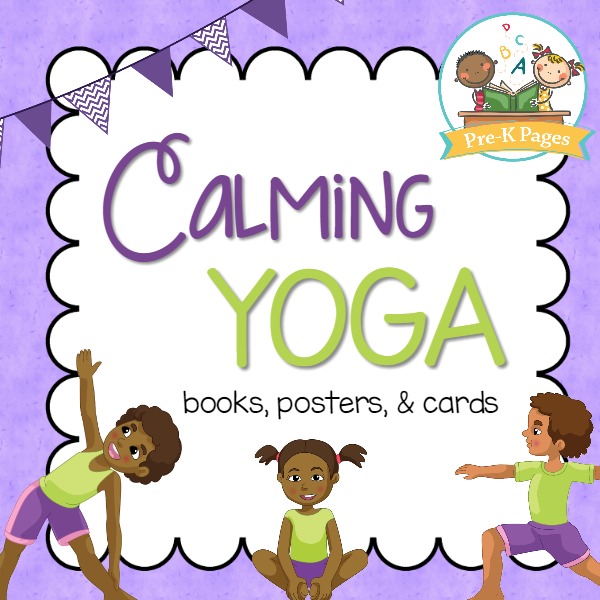
- Roll a tennis ball on your back. An old physical therapy trick, rolling a tennis ball on your child’s back will give them a gentle massage when they are most in need of a calming touch. Focus on the shoulders, neck, and lower back as these are typical places where the body holds tension.
- Roll a golf ball under your feet. Rolling a golf ball under your child’s feet can not only improve circulation, but there are pressure points on the bottom of the feet that relieve stress and relax the muscles of the feet and legs. Roll over the entire sole of your child’s foot using various pressures for maximum benefit.
- Go to your calm down space. Having a designated “Calm Down Space” in your home gives children an opportunity to retreat when they feel out of control and rejoin the group when they need to. It is important to make this space comfortable so your child wants to visit it when they are in need of a self-imposed “time out”.
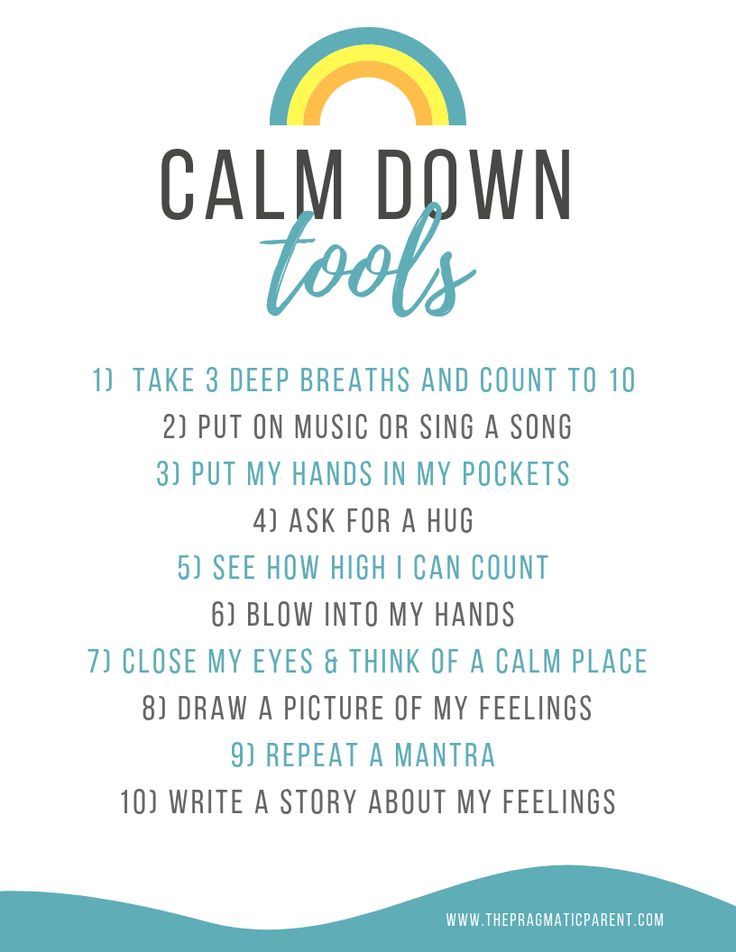
- Play music. Music has a profound effect on mood, sleep, stress, and anxiety. Use a variety of musical styles to set the tone in your home, car, or your child’s room.
- Have a dance party. Adding a physical component to your musical enjoyment gets your kids moving and is a fun way to be active. Crank up the tunes and have a dance party in your living room when your child is in a bad mood and watch their mood transform.
- Do a primal yell. Sometimes all of your child’s emotions are simply too much to contain in their body. Have them stand with their feet shoulder width apart and imagine their feelings boiling up from their toes through their legs and body, and out of their mouths. They don’t have to yell words, or even maintain a certain pitch, just whatever comes out that feels good to them.
- Change the scenery. How many times have we thought to ourselves, “Just walk away,” when confronted by a big emotion? Your child may simply need a change of scenery in order to calm down.
 If you are inside, head out. If you are outside, find a quiet space indoors. Either way, change the scenery and you will likely change the mood.
If you are inside, head out. If you are outside, find a quiet space indoors. Either way, change the scenery and you will likely change the mood. - Go for a walk. There’s a real reason people go for walks to clear their heads. Not only is the fresh air and exercise restorative, but the natural rhythm walking creates has a self-soothing quality. Take your child on a walk, and they may even open up to your about what is on their mind.
- Plan a fun activity. When you are in an anxious moment, it can seem as though the walls are closing in and the world will come to an end. Some children need to focus on what is ahead of them in order to reset their internal dialog. Plan something fun to do as a family, and let your child have a say in it. Any topic that will get them focused on a future something to look forward to can be helpful.
- Knead the bread. Grandmothers around the world will tell you that the process of bread making is a tremendous stress relief.
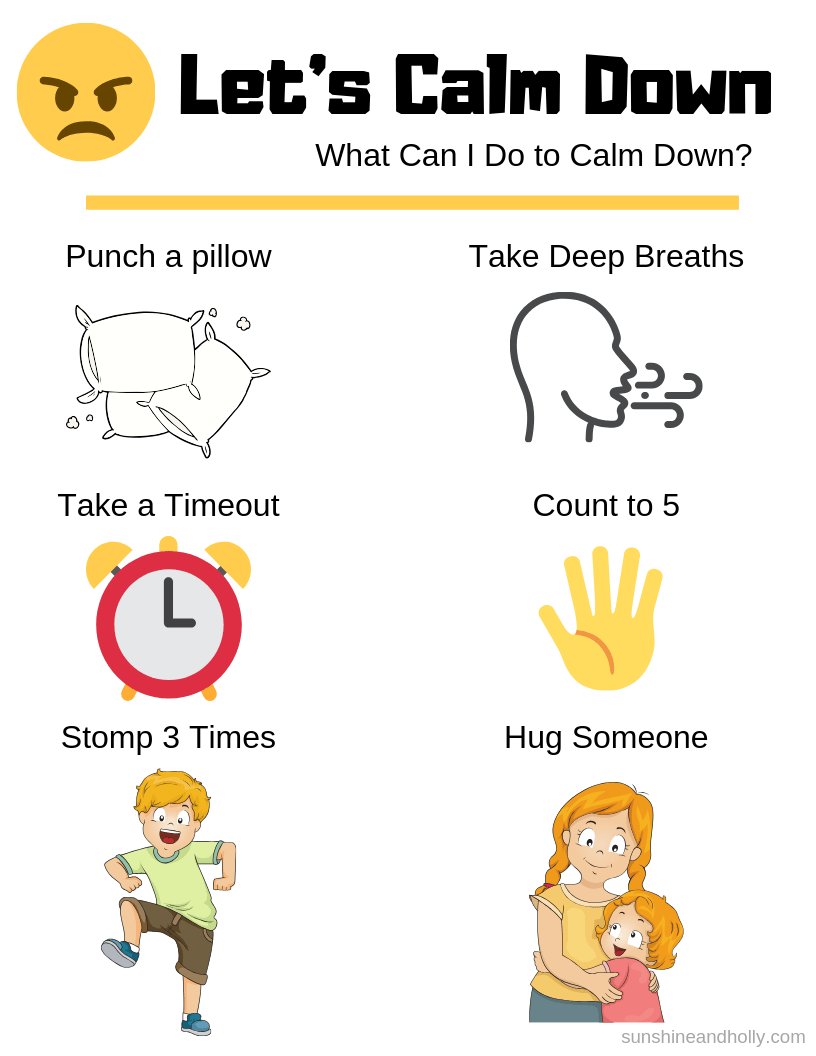 Simple recipes are abundant online that allow your child to get their hands dirty turning and pushing dough. The best part is that at the end, you have homemade bread to show for it!
Simple recipes are abundant online that allow your child to get their hands dirty turning and pushing dough. The best part is that at the end, you have homemade bread to show for it! - Make a bracelet. Crafting in general can facilitate a state of “flow” or a state characterized by complete absorption in an activity. The same concept can be extended to knitting, crochet, folding laundry, or any activity where your child forgets their external surroundings.
- Get on a bike. Bicycling for children has largely become a thing of the past. With the introduction of bicycle lanes and paved trails in urban areas, bicycling is safer than ever and can be a powerful form of self-soothing. Not only is it easy on the joints, it promotes balance, exercise, and can be done with the whole family.
- Take a coloring break. It’s not without good reason that restaurants give children coloring; it gives them something to focus on, and can be a great mindfulness activity that reduces anxiety.
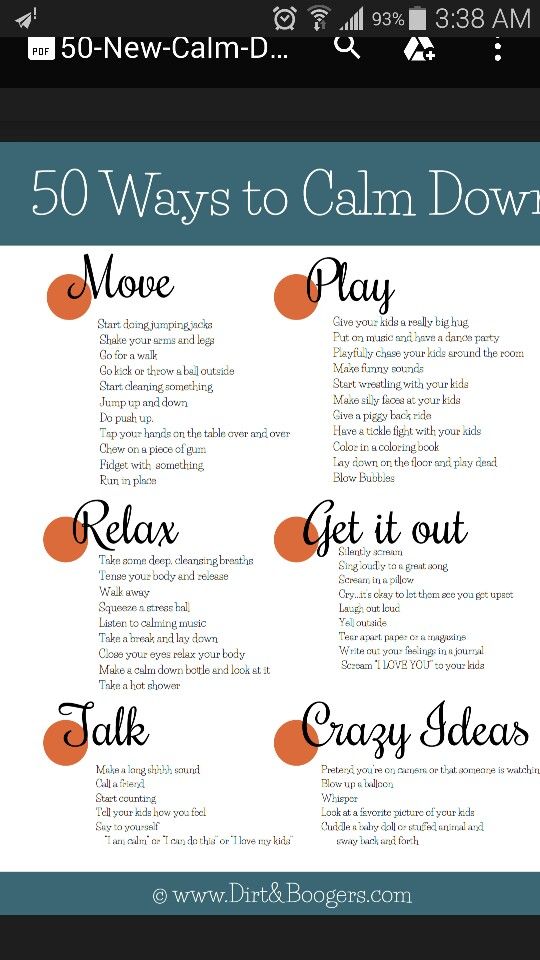 Make a trip with your child to pick up some crayons and markers, and get them excited about filling in the pages of a coloring book.
Make a trip with your child to pick up some crayons and markers, and get them excited about filling in the pages of a coloring book.
Sign up for our weekly newsletter and never miss another post - plus get valuable FREE resources each week!
Send me resources!
Previous
Social Anxiety: 5 Proven Methods for Boosting Confidence
7 Things Every Parent of an Anxious Teen Should Try
Next
How to Help Children Calm Down
Many children have difficulty regulating their emotions. Tantrums, outbursts, whining, defiance, fighting: these are all behaviors you see when kids experience powerful feelings they can’t control. While some kids have learned to act out because it gets them what they want — attention or time on the iPad — other kids have trouble staying calm because they are unusually sensitive.
The good news is that learning to calm down instead of acting out is a skill that can be taught.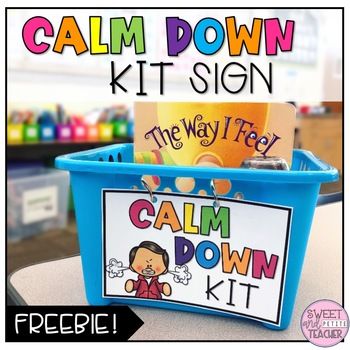
What is dysregulation?
“Some children’s reactions are just bigger than their peers or their siblings or their cousins,” explains Lindsey Giller, PsyD, a clinical psychologist at the Child Mind Institute. “Not only do they feel things more intensely and quickly, they’re often slower to return to being calm.” Unusually intense feelings can also make a child more prone to impulsive behaviors.
When kids are overwhelmed by feelings, adds Dr. Giller, the emotional side of the brain isn’t communicating with the rational side, which normally regulates emotions and plans the best way to deal with a situation. Experts call it being “dysregulated.” It’s not effective to try to reason with a child who’s dysregulated. To discuss what happened, you need to wait until a child’s rational faculties are back “online.”
Rethinking emotions
Parents can start by helping children understand how their emotions work. Kids don’t go from calm to sobbing on the floor in an instant. That emotion built over time, like a wave. Kids can learn control by noticing and labeling their feelings earlier, before the wave gets too big to handle.
That emotion built over time, like a wave. Kids can learn control by noticing and labeling their feelings earlier, before the wave gets too big to handle.
Some kids are hesitant to acknowledge negative emotions. “A lot of kids are growing up thinking anxiety, anger, sadness are bad emotions,” says Stephanie Samar, PsyD, a clinical psychologist at the Child Mind Institute. But naming and accepting these emotions is “a foundation to problem-solving how to manage them.”
Parents may also minimize negative feelings, notes Dr. Samar, because they want their kids to be happy. But children need to learn that we all have a range of feelings. “You don’t want to create a dynamic that only happy is good,” she says.
Model managing difficult feelings
“For younger children, describing your own feelings and modeling how you manage them is useful,” notes Dr. Samar. “They hear you strategizing about your own feelings, when you’re nervous or frustrated, and how you’re going to handle it, and they can use these words.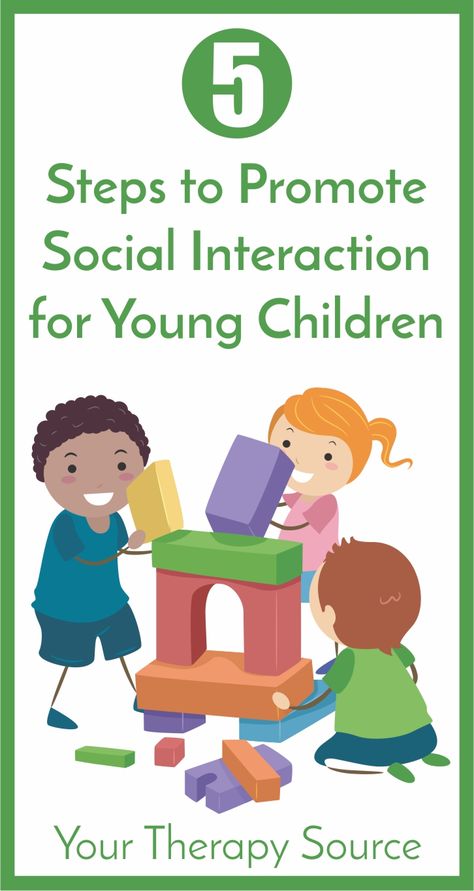 ”
”
For kids who feel like big emotions sneak up on them, you can help them practice recognizing their emotions, and model doing that yourself. Try ranking the intensity of your emotions from 1-10, with 1 being pretty calm and 10 being furious. If you forget something that you meant to bring to Grandma’s, you could acknowledge that you are feeling frustrated and say that you’re at a 4. It might feel a little silly at first, but it teaches kids to pause and notice what they are feeling.
If you see them starting to get upset about something, ask them what they are feeling, and how upset they are. Are they at a 6? For some younger kids, a visual aid like a feelings thermometer might help.
Validate your child’s feelings
Validation is a powerful tool for helping kids calm down by communicating that you understand and accept what they’re feeling. “Validation is showing acceptance, which is not the same thing as agreement,” Dr. Giller explains. “It’s nonjudgmental.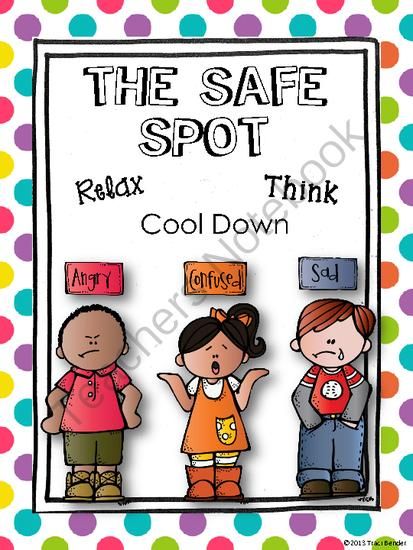 And it’s not trying to change or fix anything.” Feeling understood, she explains, helps kids let go of powerful feelings.
And it’s not trying to change or fix anything.” Feeling understood, she explains, helps kids let go of powerful feelings.
Effective validation means paying undivided attention to your child. “You want to be fully attuned so you can notice her body language and facial expressions and really try to understand her perspective,” says Dr. Samar. “It can help to reflect back and ask, ‘Am I getting it right?’ Or if you’re truly not getting it, it’s okay to say, ‘I’m trying to understand.’ ”
Helping kids by showing them that you’re listening and trying to understand their experience can help avoid explosive behavior when a child is building towards a tantrum.
Active ignoring
Validating feelings doesn’t mean giving attention to bad behavior. Ignoring behaviors like whining, arguing, inappropriate language or outbursts is a way to reduce the chances of these behaviors being repeated. It’s called “active” because it’s withdrawing attention conspicuously.
“You’re turning your face, and sometimes body, away or leaving the room when your child is engaging in minor misbehaviors in order to withdraw your attention,” Dr.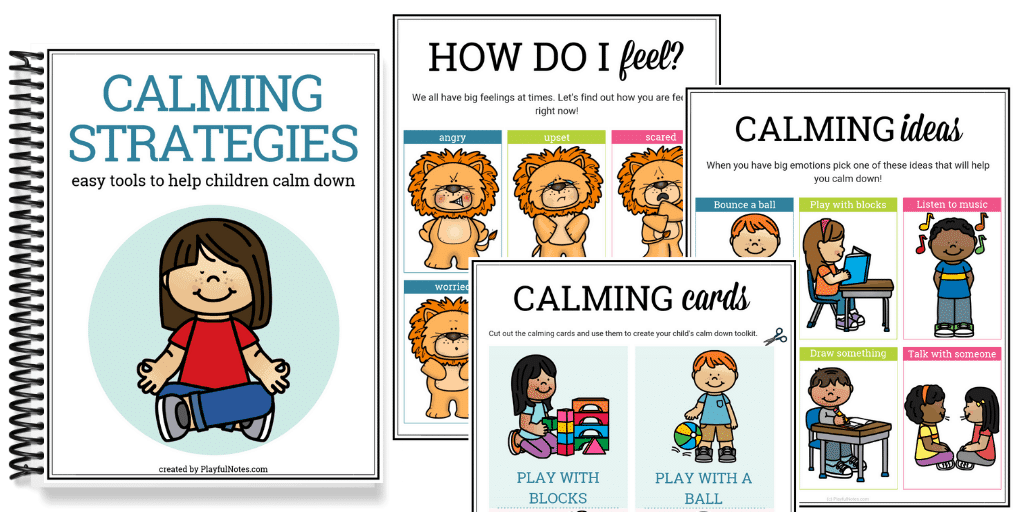 Giller explains. “But the key to its effectiveness is, as soon as your child is doing something you can praise, to turn your attention back on.”
Giller explains. “But the key to its effectiveness is, as soon as your child is doing something you can praise, to turn your attention back on.”
Positive attention
The most powerful tool parents have in influencing behavior is attention. As Dr. Giller puts it, “It’s like candy for your kids.” Positive attention will increase the behaviors you are focusing on.
When you’re shaping a new behavior, you want to praise it and give a lot of attention to it. “So really, really focus in on it,” adds Dr. Giller. “Be sincere, enthusiastic and genuine. And you want it to be very specific, to make sure your child understands what you are praising.”
When helping your child deal with an emotion, notice the efforts to calm down, however small. For example, if your child is in the midst of a tantrum and you see him take a deep inhale of air, you can say, “I like that you took a deep breath” and join him in taking additional deep breathes.
Clear expectations
Another key way to help prevent kids from getting dysregulated is to make your expectations clear and follow consistent routines. “It’s important to keep those expectations very clear and short,” notes Dr. Samar, and convey rules and expected behaviors when everyone is calm. Dependable structure helps kids feel in control.
“It’s important to keep those expectations very clear and short,” notes Dr. Samar, and convey rules and expected behaviors when everyone is calm. Dependable structure helps kids feel in control.
When change is unavoidable, it’s good to give advance warning. Transitions are particularly tough for kids who have trouble with big emotions, especially when it means stopping an activity they’re very engaged in. Providing a warning before a transition happens can help kids feel more prepared. “In 15 minutes, we’re going to sit down at the table for dinner, so you’re going to need to shut off your PS4 at that time,” Dr. Giller suggests. It may still be hard for them to comply, but knowing it’s coming helps kids feel more in control and stay calmer,” she explains.
Give options
When kids are asked to do things they’re not likely to feel enthusiastic about, giving them options may reduce outbursts and increase compliance. For instance: “You can either come with me to food shopping or you can go with Dad to pick up your sister.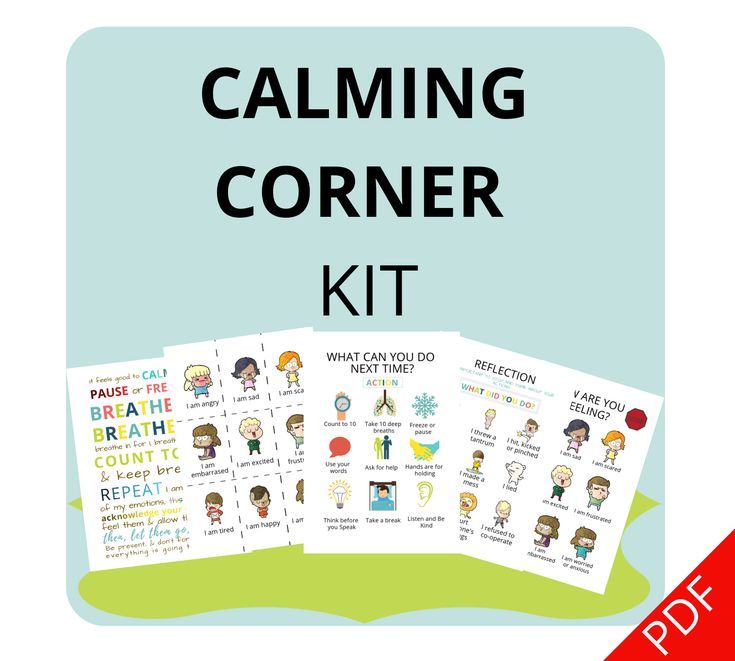 ” Or: “You can get ready for bed now and we can read a story together — or you can get ready for bed in 10 minutes and no story.”
” Or: “You can get ready for bed now and we can read a story together — or you can get ready for bed in 10 minutes and no story.”
“Giving two options reduces the negotiating that can lead to tension,” Dr. Samar suggests.
Coping ahead
Coping ahead is planning in advance for something that you predict may be an emotionally challenging situation for your child, or for both of you. It means talking, when you are both calm, about what’s coming, being direct about what negative emotions can arise, and strategizing how you will get through it.
If a child was upset last time she was at Grandma’s house because she wasn’t allowed to do something she gets to do at home, coping ahead for the next visit would be acknowledging that you saw that she was frustrated and angry, and discussing how she can handle those feelings. Together you might come up with something she is allowed to do at Grandma’s that she can have fun doing.
Talking about stressful situations in advance helps avoid meltdowns.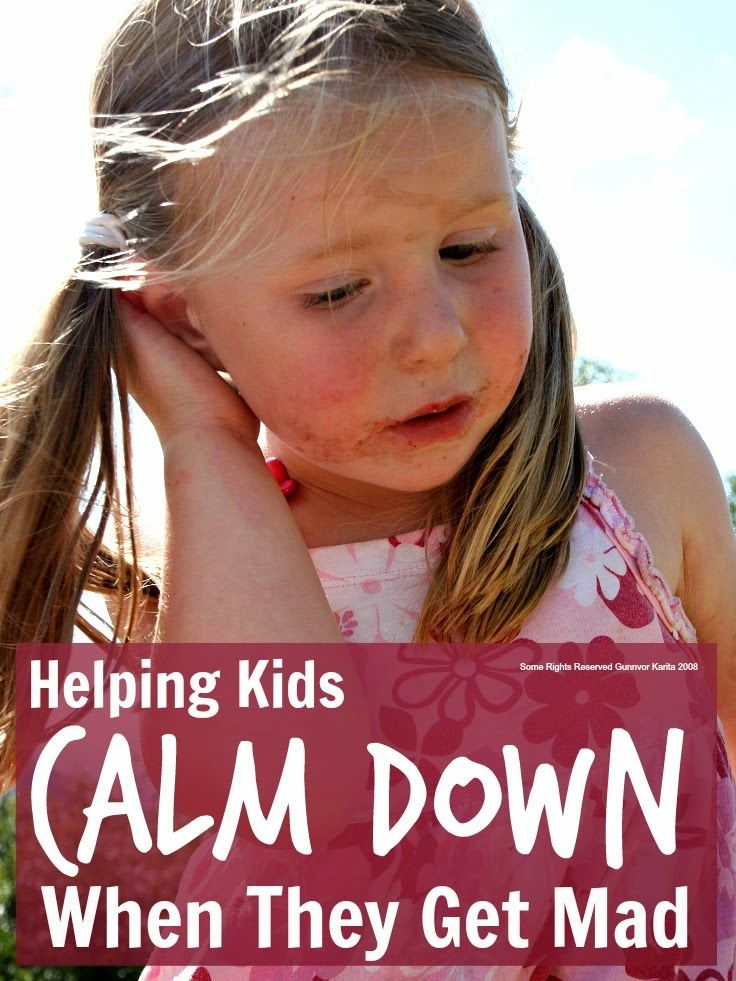 “If you set up a plan in advance, it increases the likelihood that you’ll end up in a positive situation,” Dr. Samar notes.
“If you set up a plan in advance, it increases the likelihood that you’ll end up in a positive situation,” Dr. Samar notes.
Problem solving
If a child has a tantrum, parents are often hesitant to bring it up later, Dr. Samar notes. “It’s natural to want to put that behind us. But it’s good to revisit briefly, in a non-judgmental way.”
Revisiting an earlier event — say a meltdown at the toy store — engages the child in thinking about what happened, and to strategize about what could have been done differently. If you can come up with one or two things that might have led to a different outcome, your child might remember them next time he’s starting to feel overwhelmed.
Five special minutes a day
Even a small amount of time set aside reliably, every day, for mom or dad to do something chosen by a child can help that child manage stress at other points in the day. It’s a time for positive connection, without parental commands, ignoring any minor misbehavior, just attending to your child and letting her be in charge.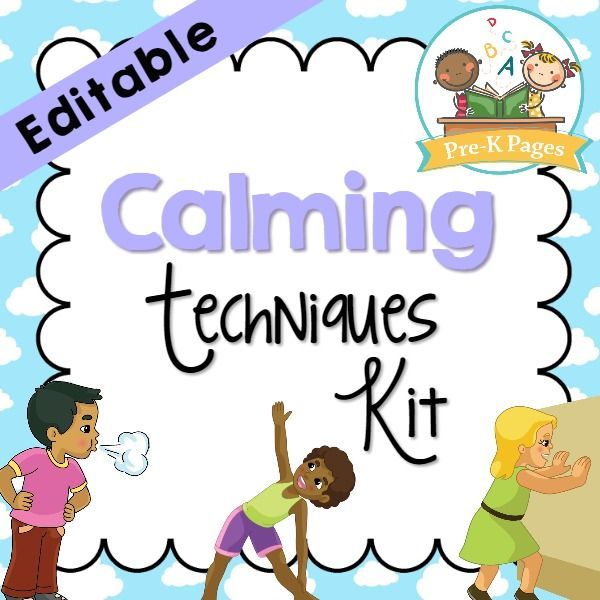
It can help a child who’s having a tough time in school, for instance, to know she can look forward to that special time. “This five minutes of parental attention should not be contingent on good behavior,” says Dr. Samar. “It’s a time, no matter what happened that day, to reinforce that ‘I love you no matter what.’ ”
Video Resources for Kids
Teach your kids mental health skills with video resources from The California Healthy Minds, Thriving Kids Project.
Start Watching
Should a child be forced to work in the country? Tips from a child psychologist | 59.ru
Psychologist advises: understand for yourself, a garden is a hobby or something that determines what your family will eat
Photo: Ekaterina Vokhmyanina
, but the child does not want to force him or not? And even if you still went with the whole family, is it necessary to oblige him to work? A post about how best to act in such a situation was written by Perm child psychologist Maria Shaposhnikova. By agreement with her, we publish it.
By agreement with her, we publish it.
Should a child be forced to work in the dacha? Many of us have summer cottages. In nature, it is very good to relax from everyday worries. But we create a new concern for ourselves - a vegetable garden. This is some kind of our historical instinct: there is land - you need to plant something on it. Only now children do not succumb to this instinct.
And so the parents ask: “Children don't want to help in the dacha. What to do? To force or not?
Dear adults, tell me honestly, is your gardening your hobby or activity that feeds your family?
If you grow cucumber-potatoes for your family to be fed in winter, then the participation of the child in this process is necessary. In the household, responsibilities are distributed, part of the responsibilities falls on the children, this is normal. And then “I want, I don’t want” - it’s necessary!
If you have chosen this type of leisure because of your love for nature, and you mainly distribute pickles and jams to relatives and friends, then it would be unfair to force your child to do your hobby!
Many of us ourselves once said to the older generation: who needs your garden, now you can buy everything, there was a desire to bend your back! But then, as usual, they themselves were drawn to the ground. But the children are not yet drawn.
But the children are not yet drawn.
True, there may come times when children will also be interested in gardening. Therefore, it seems to me important to teach children to work on the land, but not to force them to do it as a permanent duty. Give them at least some gardening skills. Teach them to dig, weed, water, hill, transplant. Teach the skill, make sure that it works, and calm down - you have fulfilled your parental function!
Of course, if the garden is an emergency, involve the children in the work. If this is your hobby, show the children how and with what pleasure you do it, and leave the child alone. He doesn’t want to weed - let him go to wash the dishes, sweep the floor in the house and play with friends. It's better than hating the word "cottage" all your life.
Related
-
January 13, 2021, 13:42
“Parents hurt their child with their ridicule.” Perm psychologist on the importance of not forbidding children's dreams -
November 11, 2020, 13:15
"We can't hide them from life.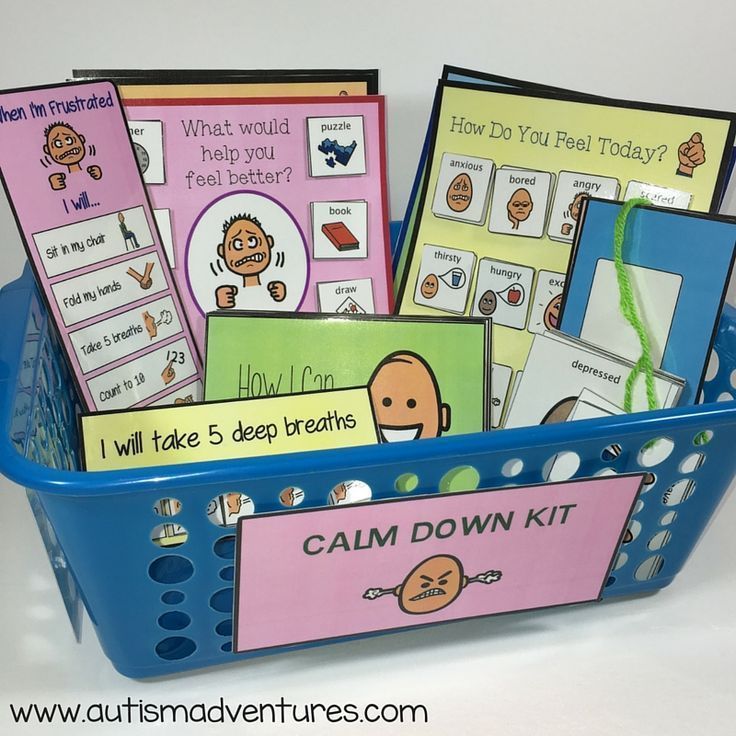 " Perm psychologist told whether it is worth forbidding children to use the Internet0030
" Perm psychologist told whether it is worth forbidding children to use the Internet0030 May 31, 2020, 02:51 pm
Talking about distance stress, sex education and games. Psychologist - about communicating with children in self-isolation and not only -
March 03, 2020, 07:04
"For children about parents": several sure ways to negotiate with adults from a Perm psychologist -
September 30, 2019, 17:40
On you an aggressive teenager rushes - what can you do with him? We speak with a lawyer and a psychologist
Maria Shaposhnikova
Psychologist
The opinion of the author may not coincide with the opinion of the editors
Other articles of the author
"The experience of chronic failure." Perm psychologist about parents who force children to go to unloved sections
August 27, 2022, 00:00
“The main thing is not to scold.” Perm psychologist on how to explain to a child why they don't buy an expensive item Perm psychologist - about why parental instructions do not always workAugust 18, 2021, 00:00
all articles by the author
Become a columnist.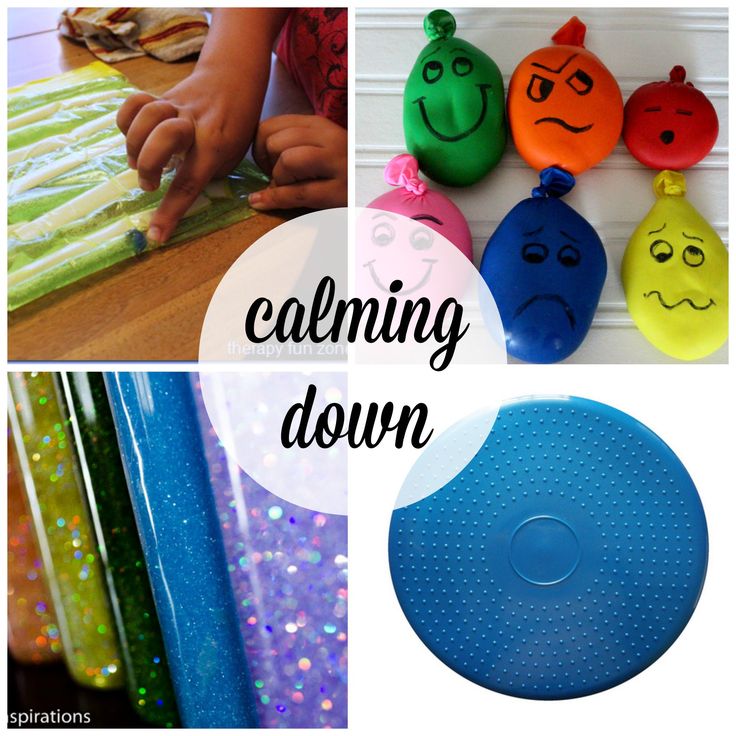
Read the recommendations and write to us!
CottageColumn
- LIKE6
- LAUGHTER0
- SURPRISE0
- ANGER0
- SAD0
See the typo? Select a fragment and press Ctrl+Enter
COMMENTS10
Read all comments
What can I do if I log in?
COMMENT RULES
0 / 1400This site is protected by reCAPTCHA and Google. The Privacy Policy and Terms of Use apply.
Media news2
Media news2
Calm down yourself. How can I help my child pass the exam? | EDUCATION: Schools | EDUCATION
A couple more months, and for high school students, the time will come "H" - the time for exams. It is necessary to prepare for them not only by accumulating knowledge, but also by tuning in psychologically. AiF-NP learned the advice of experts.
Calm down yourself
The source of increased anxiety before the exam is most often… teachers and parents.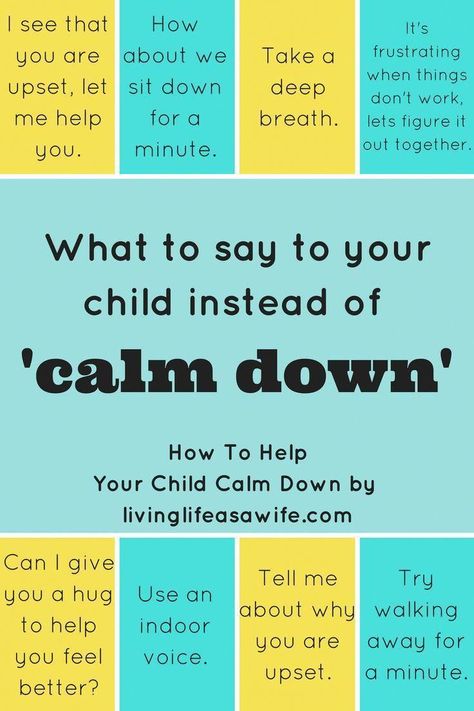 The first is the good result of the students - the rating of the school and the teacher himself depends on it, the latter simply worry more than the graduate himself. As a result, both those and others have been telling children since the fifth grade that the successful passing of the exam is the main meaning and crown of their education. As a result, the child begins to think: if I don’t pass, then the world will collapse.
The first is the good result of the students - the rating of the school and the teacher himself depends on it, the latter simply worry more than the graduate himself. As a result, both those and others have been telling children since the fifth grade that the successful passing of the exam is the main meaning and crown of their education. As a result, the child begins to think: if I don’t pass, then the world will collapse.
- Psychological and physical stress in the form of a dozen tutors in all subjects and forcing the situation creates terrible stress for the student, - considers Chairman of the Volgograd branch of the European Confederation of Psychoanalytic Psychotherapy Ekaterina Kozlova . - Various symptoms and diseases appear from nowhere: neurotic - phobias, fears, poor sleep, tics, obsessions, breakdowns, tearfulness, depression; psychosomatic - colds, headaches, abdominal pain, gastrointestinal upset, nausea, vomiting, etc.
There are children who go to the other extreme: protesting against panic, defending their freedom, they do not prepare for exams at all, they are neglectful of their studies . “My parents need this, not me,” they say.
“My parents need this, not me,” they say.
In fact, the fatality of exams is greatly exaggerated. If only because they can be retaken, and more than once.
“The USE is most feared in the 11th grade, but one must understand that a certain contingent of children come to it, more prepared, successful and self-confident,” says head of the psychological laboratory of the Volgograd Regional Children's Psychiatric Hospital Elena Mikhailenko . - They have already passed the USE, which was actually the dress rehearsal of the USE, it is easier for them.
It is important, according to psychologists, to teach a child to understand himself, his strengths and weaknesses, to develop the skills of self-organization and self-discipline, to make him responsible for learning. To do this, already in elementary school, gradually reduce the amount of parental assistance, give tips for organizing study and recreation, teach you how to plan, and introduce you to the basics of time management.
But it is especially important to help a teenager get organized in his senior year: discuss how he can help himself, including calming down in the influx of tests, tests, mock exams, in order to prevent emotional exhaustion.
Another useful skill is to teach the child to react as calmly as possible to the remarks of teachers “You won’t pass”, “You won’t succeed”. On the contrary, parents should make it clear to the high school student: we believe in you, you can do it, but we will accept any outcome of the exam. Regardless of the outcome, we will love you and are always ready to help.
Reduce the uniqueness of the exam situation. All people pass this test, this is not the first and not the last time, but just another crucial moment in the life of a teenager. Then he realizes that his life is flowing in the usual way, and has not overflowed its banks.
Create variability in advance: in a conversation with the child, say what results he would like to receive, what will happen if the result does not suit him? It is important to discuss absolutely all options.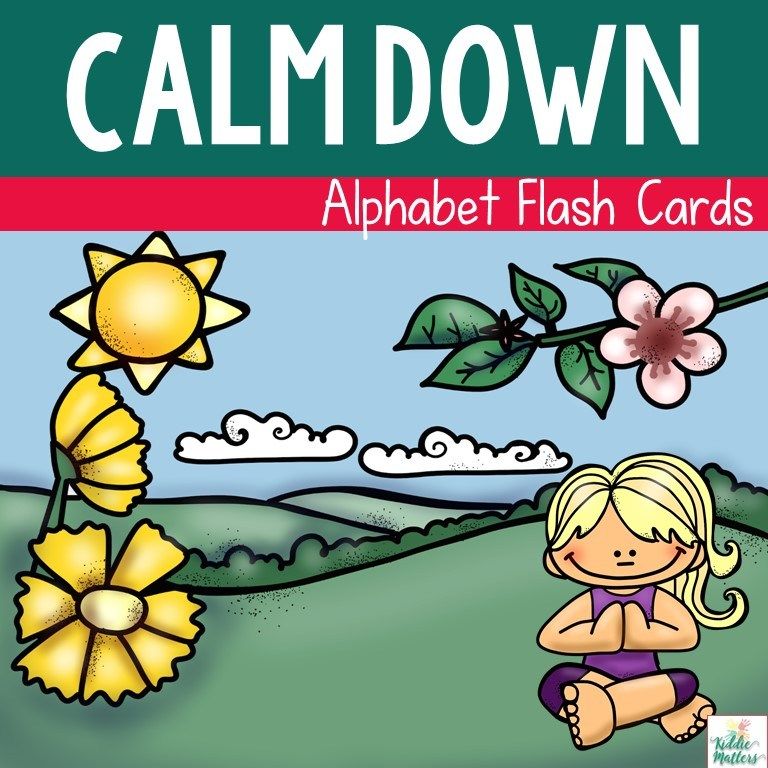 Although the percentage of those who failed the exam is scanty, and the exam can always be retaken, but be prepared for any situation. A child can get sick, confused, agitated, something technically can go wrong. Let him know: his life will not end, and he will simply study with tutors or go to work.
Although the percentage of those who failed the exam is scanty, and the exam can always be retaken, but be prepared for any situation. A child can get sick, confused, agitated, something technically can go wrong. Let him know: his life will not end, and he will simply study with tutors or go to work.
Operation "Concentration"
Behavior during exam weeks is also important. Psychologists insist: it is necessary to choose a priority direction in studies, where all the forces of the child will be thrown, and not be scattered on the rest.
It is worthwhile to properly organize work and rest: alternate mental and light physical activity (walk, do exercises), find ways to replenish internal resources (creativity, walks, chat with friends, active games). But keep daily assignments and household duties to a minimum - this is especially true for rural children.
Simple ways to relieve tension won't hurt either - teach your son or daughter this. And do not intrude into the educational process yourself, “let go of the reins”, do not escalate the situation in parent groups and chats.